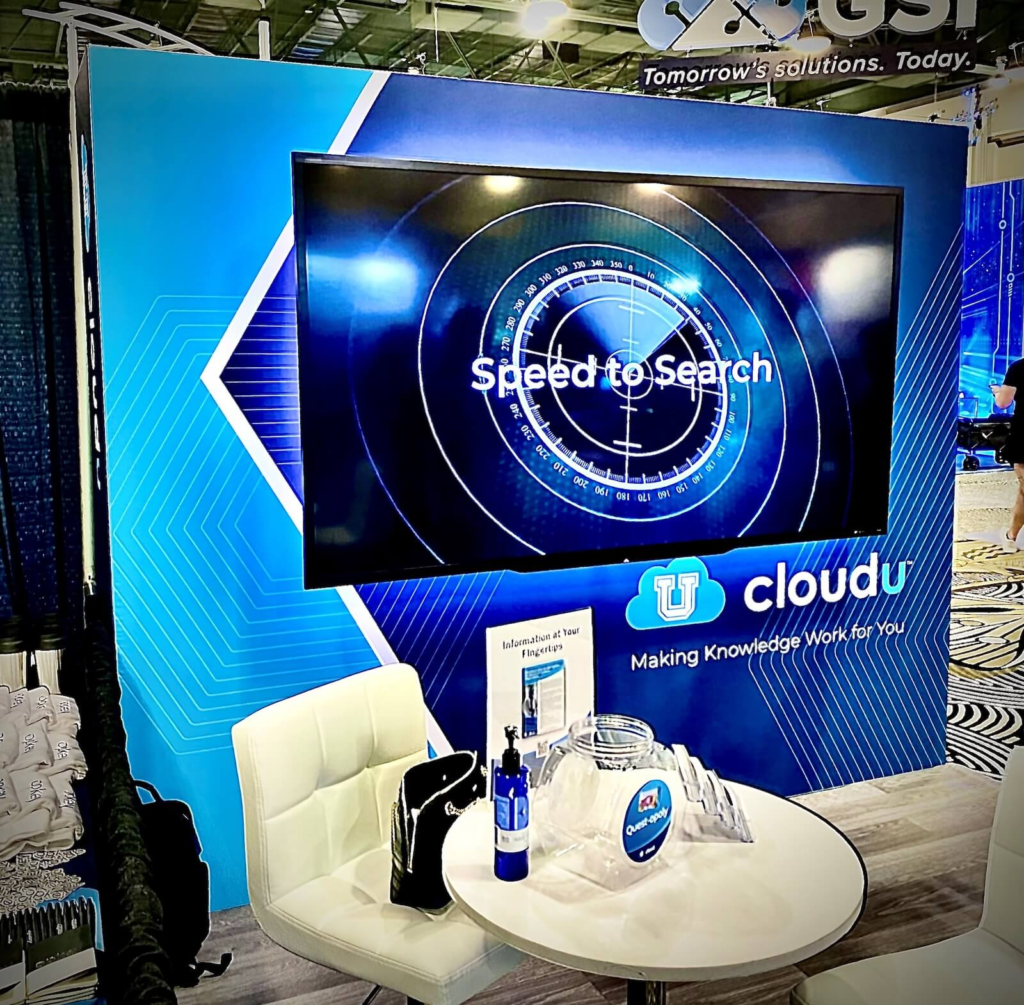Introduction – Why Trade Show Data Matters
Have you ever considered what a trade show lead is actually worth to you? Trade shows are a targeted investment and the number one preferred networking opportunity. Yes. But how do you measure success beyond booth traffic?
The answer lies in trade show data analytics—using real-time data to make smarter, faster, and more succinct data driven decisions, optimize engagement, and improve return on investment (we mean trade show ROI).
With the right approach, exhibitors can transform trade show participation from guesswork into a data-driven strategy. We are in the midst of an exciting era in big data automation. In this write up, we seek to help you leverage your event data analytics to enhance trade show performance.
Don’t worry, we will get to the point.

TLDR: Trade show success isn’t just about foot traffic in your trade show booth —it’s about data-driven decision-making. Trade show data analytics helps exhibitors track booth traffic, lead quality, engagement levels, and post-event conversions. Using analytics tools, heatmaps, RFID tracking, and CRM integrations, businesses can optimize booth design, improve lead nurturing, and justify ROI. The future of trade show success is generative AI-driven and data-optimized.
Want to maximize your next event? Brave Exhibits can help your exhibit translate into results!
What is Trade Show Data Analytics?
Trade show data analytics refers to the process of collecting, analyzing, and interpreting event data from trade shows to measure performance and optimize future participation. It includes:
- Booth Traffic Metrics – Counting booth traffic, peak engagement times, and dwell duration.
- Lead Capture & Conversion Rates – Tracking how many attendees engage and become leads.
- Engagement Levels – Monitoring interactions via QR codes, app check-ins, or digital touchpoints.
- Social Media Mentions – Measuring real-time buzz and brand visibility.

What Data Should Exhibitors Track?
Successful exhibitors track more than just foot traffic. Trade show data analytics should focus on key performance indicators (KPIs) such as:
- Attendee Demographics – Who visits your booth? Are they decision-makers or influencers?
- Lead Quality – Did your booth attract the right prospects?
- Time Spent at Booth – How long did attendees engage with your booth features?
- Digital Engagement – Social media mentions, QR code scans, or app interactions.
- Post-Event Follow-Ups – How many leads convert into customers?
Best Tools for Trade Show Data Analytics
Modern trade show data analytics relies on advanced technology to track and measure results. Top tools include:

- RFID and Beacon Technology – Captures attendee movement and booth interactions.
- AI-Powered CRM Platforms – Automates lead tracking and post-show follow-ups.
- Heatmaps and Sensors – Identifies high-traffic zones to optimize booth layout.
- Social Listening Tools – Monitors online mentions, sentiment, and event hashtags.
How to Turn Trade Show Data into Actionable Valuable Insights
Data is only valuable if you use it effectively. Here’s how exhibitors can turn raw trade show data analytics into business intelligence:
- Optimize Booth Design – Use heatmap data to adjust high-traffic zones for better engagement.
- Improve Staffing Strategies – Increase staffing during peak booth hours based on traffic trends.
- Refine Lead Nurturing – Segment trade show leads by engagement level and personalize follow-ups.
- Justify ROI – Use post-show analytics to calculate event ROI and refine budgeting.
Common Pitfalls in Trade Show Data Analytics
Even with the best tools, some exhibitors fall into common traps and fall short in their marketing efforts:
❌ Ignoring Pre-Show Benchmarking – Without a baseline, it’s hard to measure success.
❌ Focusing Only on Traffic Volume – A high visitor count means little if engagement is low.
❌ Failing to Act on Data – Collecting analytics is meaningless if you don’t apply deeper insights.
Future of Trade Show Data Analytics & AI Integration
Generative AI and machine learning are revolutionizing trade show data analytics by offering:
- Real-Time Predictive Analytics – AI forecasts attendee behavior and optimizes engagement level for trade shows.
- Automated Lead Qualification – AI filters high-quality leads instantly.
- Chatbots & Virtual Assistants – AI-powered engagement before, during, and after the event.
The future is data-driven, AI-powered, and optimized for success.

Final Thoughts – Make Data Work for You
Exhibitors no longer have to rely on gut feelings. Trade show data analytics provides the clarity needed to maximize ROI, improve booth experiences, and make informed decisions for future events. Whether you use AI-driven analytics, RFID tracking, or real-time engagement data, adopting a data-first approach ensures every trade show investment pays off.
Optimize Your Trade Show Strategy with Data
Need help leveraging trade show ROI? Brave Exhibits specializes in experiential trade show solutions that maximize engagement and ROI. Contact us today to maximize your trade show marketing plan with your next show-stopping exhibit!


